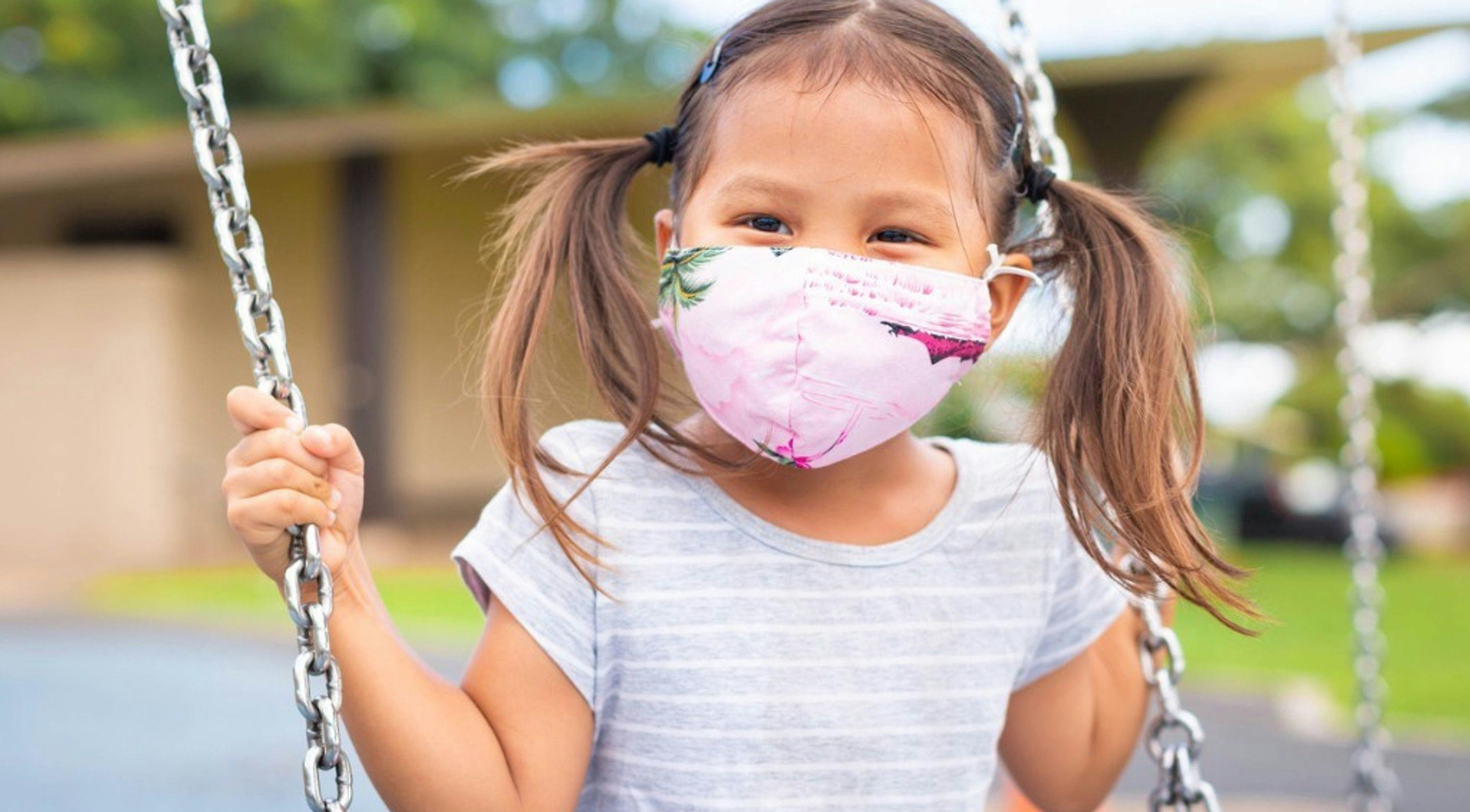COVID-19 Frequently Asked Questions
We answer your frequently asked questions about COVID-19
The Guidepost Team
We answer your frequently asked questions concerning COVID-19. If you have any queries that are not addressed below, please feel free to contact us.
Isn't it safer to stay at home and isolate than go to school?
It is undeniably safer to stay indoors and not see anyone in order to minimize the risk of transmission. However, as educators of young children, we are acutely aware of the time-sensitive nature of childhood and what it requires. That's why we've developed online alternatives, such as our Virtual School.
There's inherent risk in running in-person programs during a pandemic. How are you keeping school communities safe?
It is our collective responsibility to minimize risk and keep our school communities safe. Running a program in the midst of a viral pandemic requires detailed procedures to keep the environment as safe as possible when caring for children, and depends upon diligent implementation on the ground. Please see our Daily Procedures.
My child hasn't worn a face mask yet. How do you support mask wearing at school?
We support mask wearing at school using Montessori pedagogy. This means we teach children how to put on and take off their own face masks while also modeling the behavior we want to see. We've found that children adapt to wearing face masks very quickly. If a child has any problems with keeping his face mask on, it's usually because the mask itself is ill-fitting or the material is irritating his skin —problems that can be easily remedied.
I don't want my child to wear a face mask. What are my options for care and education that don't involve my child wearing a mask?
According to CDC guidelines, adults and children above the age of 2 should wear face coverings in indoor public settings to reduce the risk of transmission. If you do not want your child to wear a mask but want him to interact with other children, you may also consider enrolling your child in our Virtual School, which eliminates all risk of transmission as your child will interact with his teachers and classmates 100% online.
Do you have any advice for how to stay safe when off campus?
We ask that you follow your local government guidelines, and refer to the advice of the Centers for Disease Control and Prevention.
My family is committed to following the CDC and state guidelines. How can I be sure that others are doing the same?
In many school communities, parents contact each other via text message and phone calls in order to share their concerns and stay on the same page. However, if you do not know the other parents in your community, it would be very difficult (if not impossible) to know if they follow safety protocols in the same way you do.
Our family will be traveling internationally soon. What are my options for continuity for care and education while we are away?
We recommend our Virtual School, which enables schooling from anywhere in the world without disruption.
I'm concerned that my child feels lonely at home and is missing out on social interaction. What are my options for care and education that include safe socializing with friends?
Our Guidepost schools offer in-person Montessori education while greatly minimizing the risk of transmission through a strict set of Daily Procedures.
I'm waiting for a COVID-19 vaccine before sending my child back to school. What are my options for parent support, childcare, and Montessori education while I wait?
We recommend our Virtual School, which happens 100% online and therefore eliminates all risk of COVID-19 transmission.
The Guidepost Team
The Guidepost Team is a group of writers and educators dedicated to helping demystify all things Montessori.
Sign up for our newsletter
Get started with our community today! Sign up for resources.
